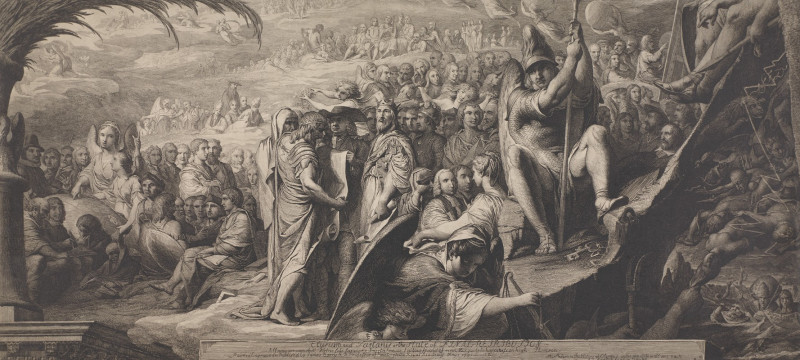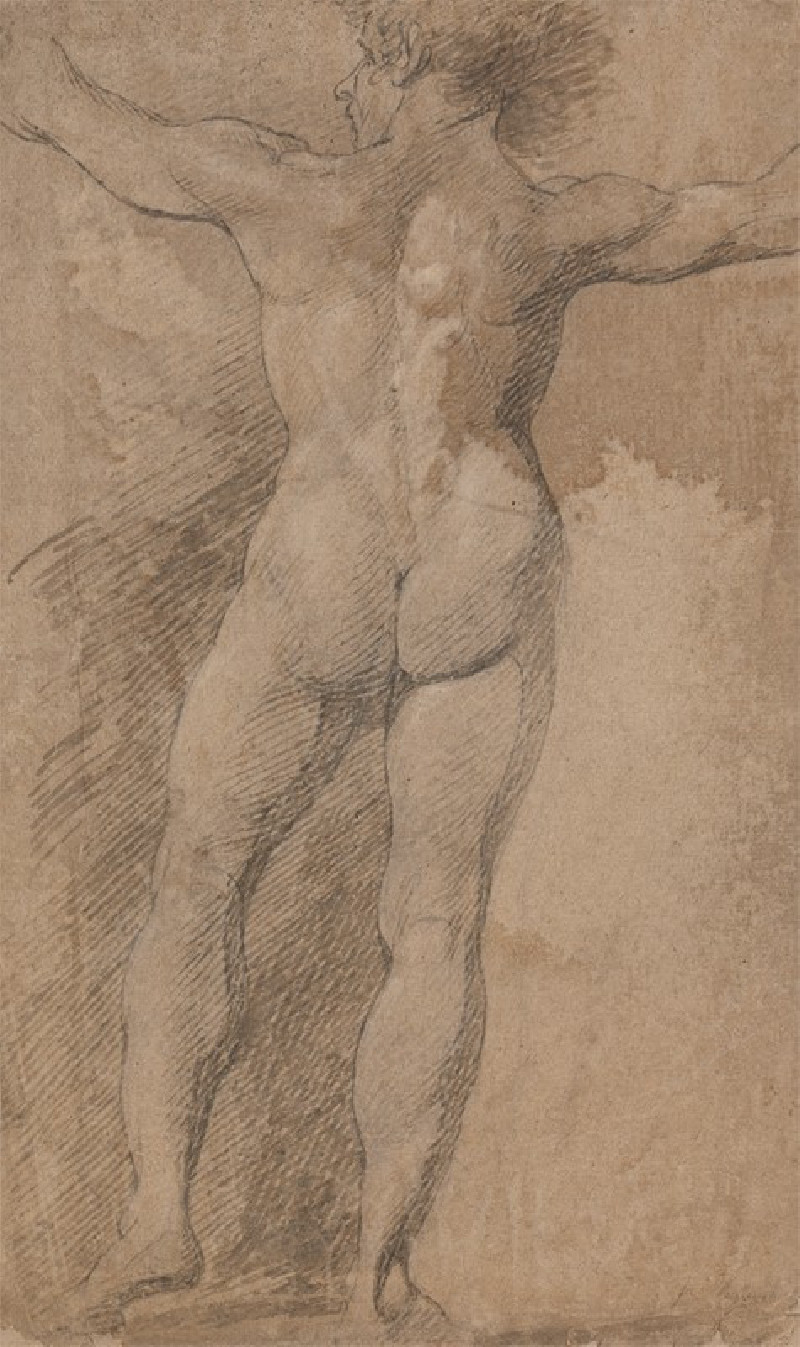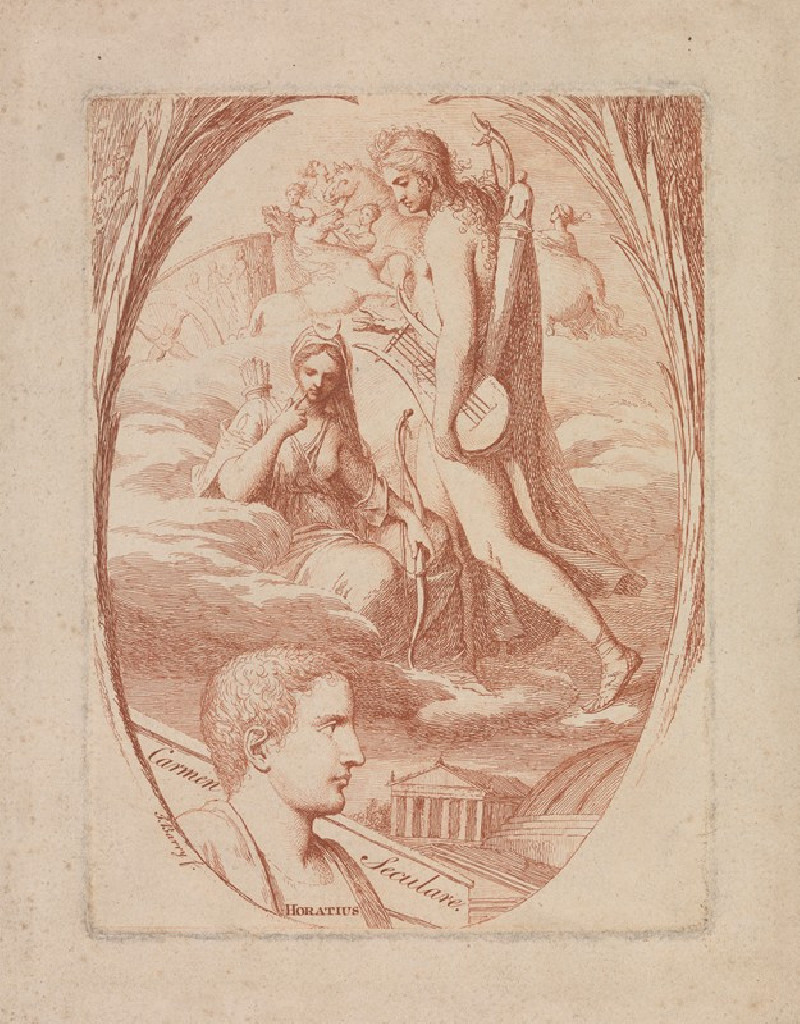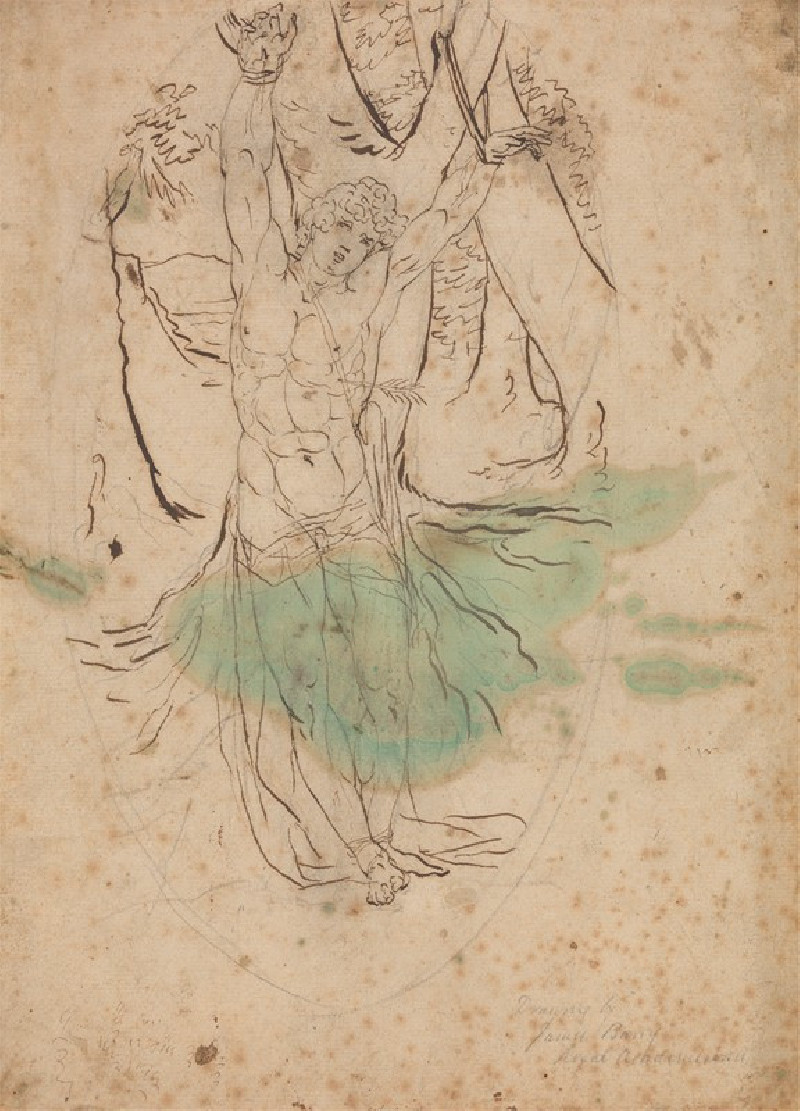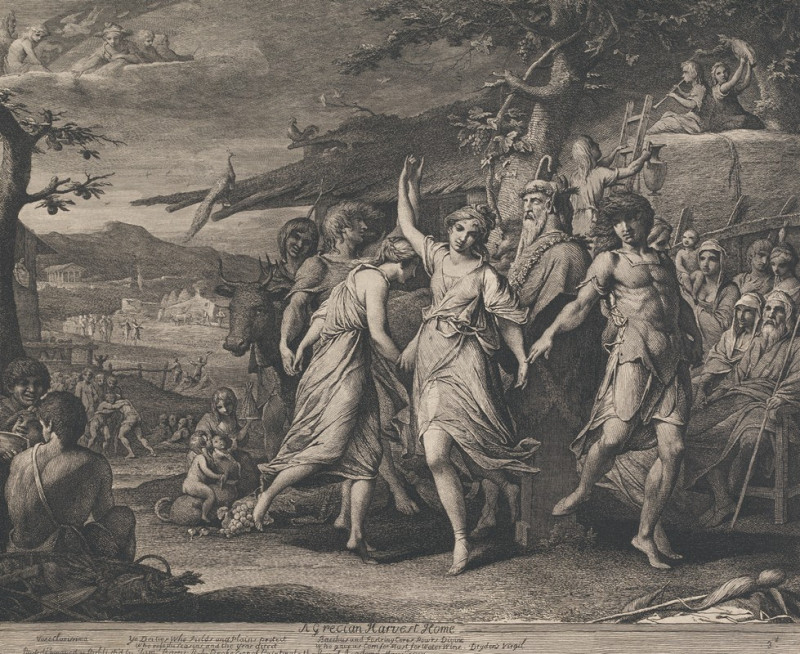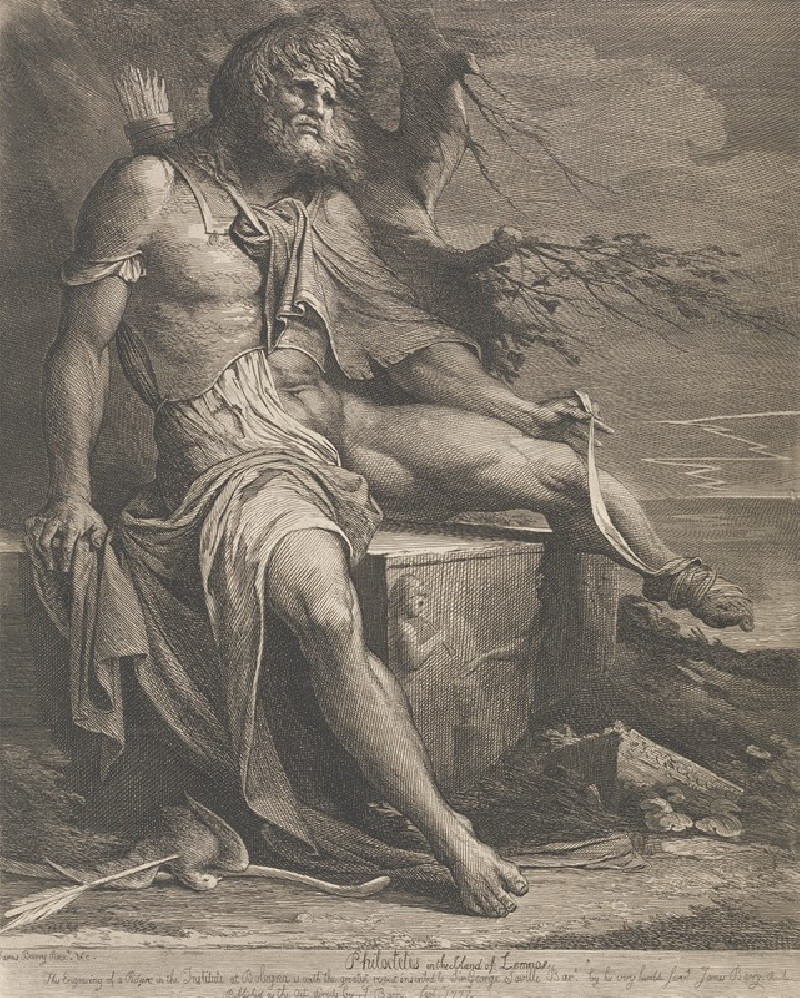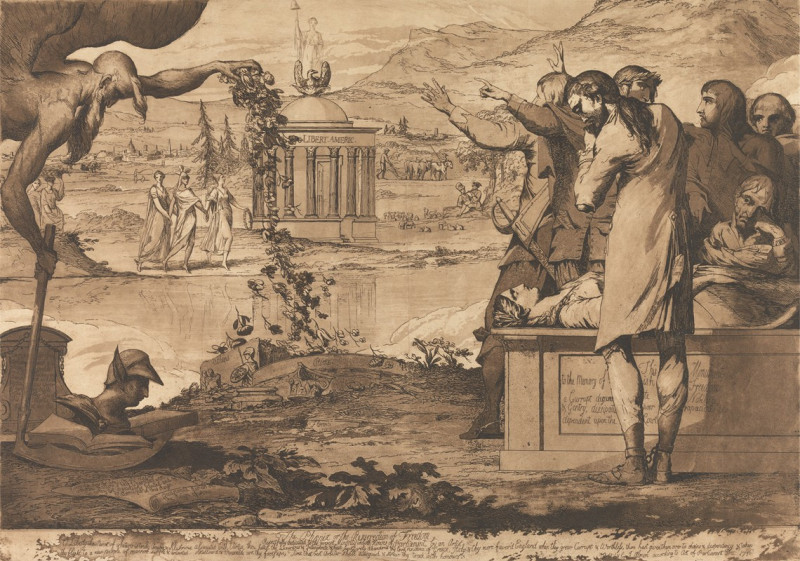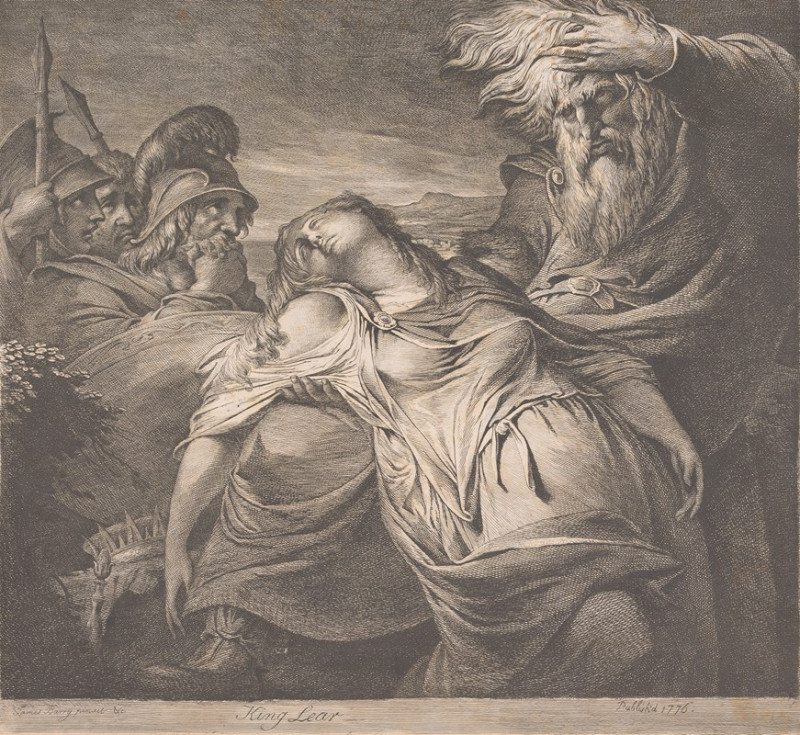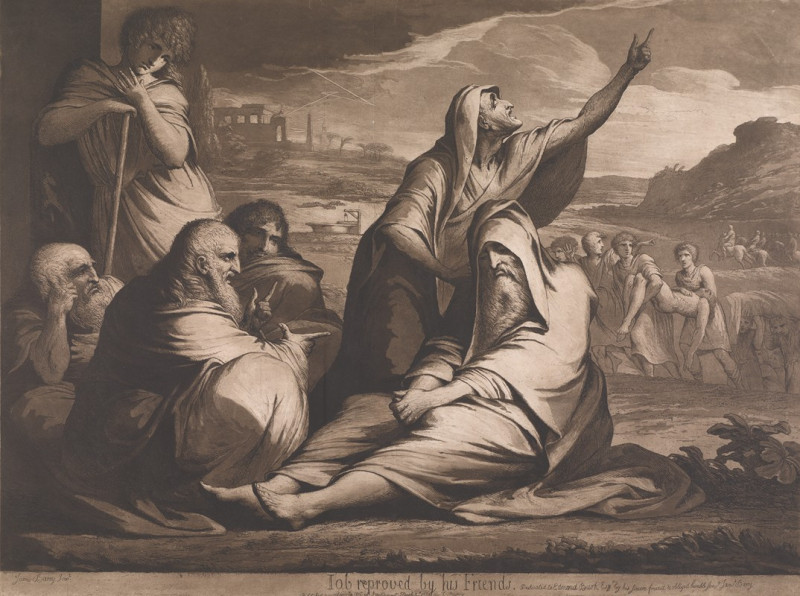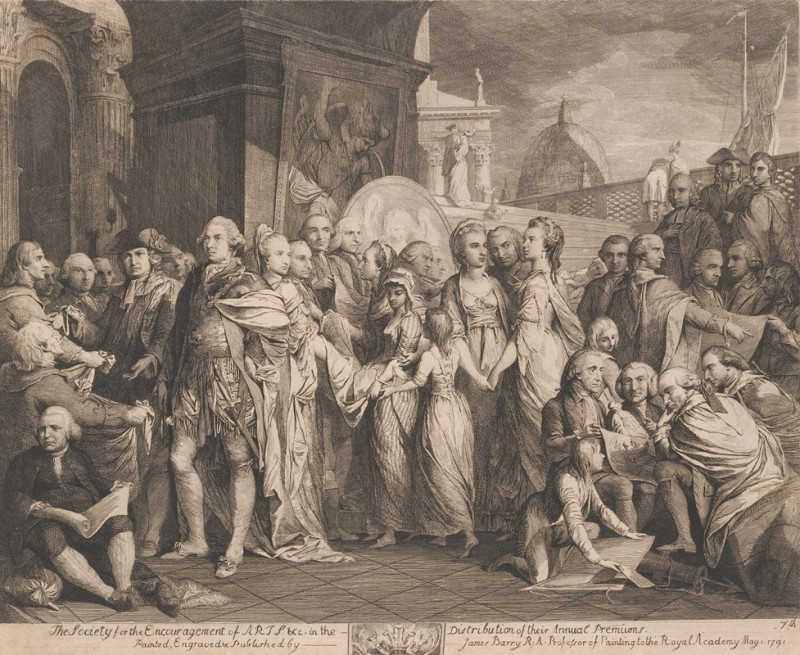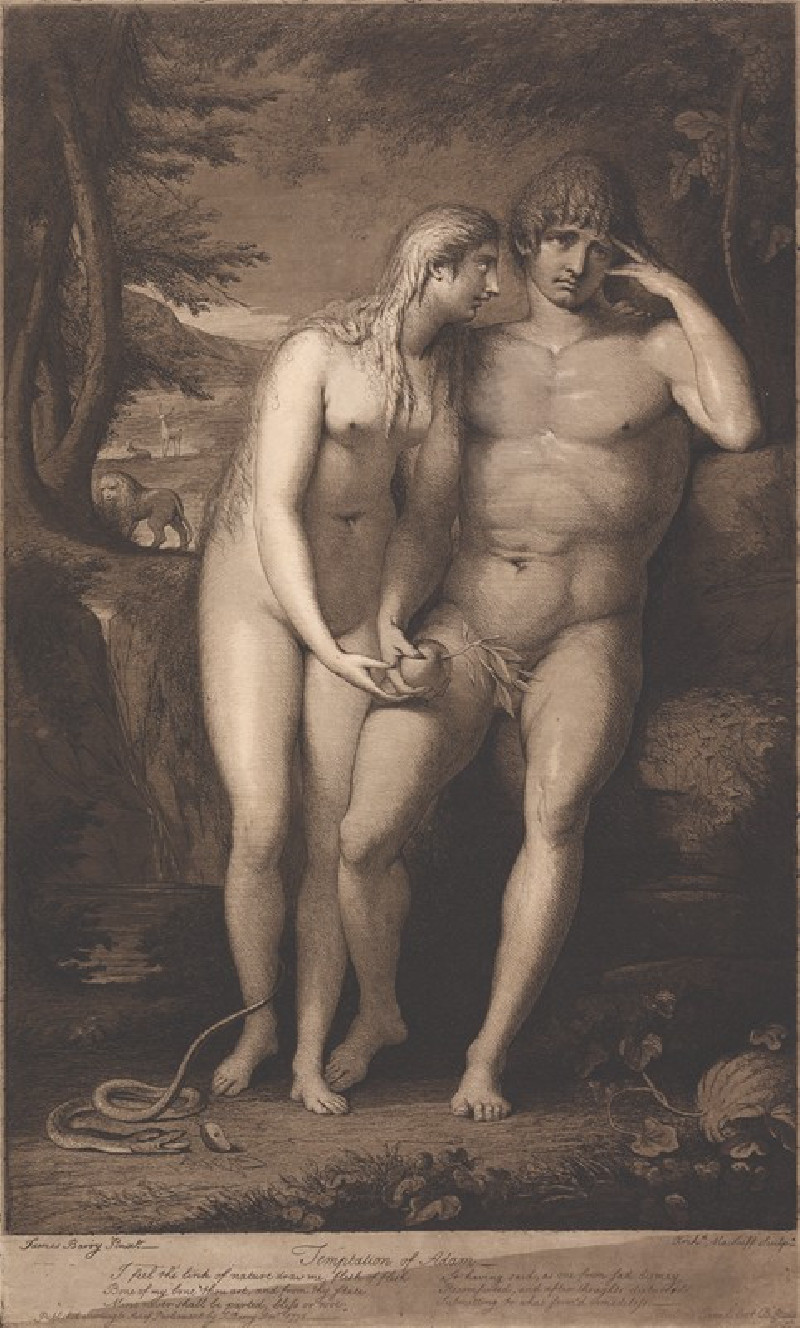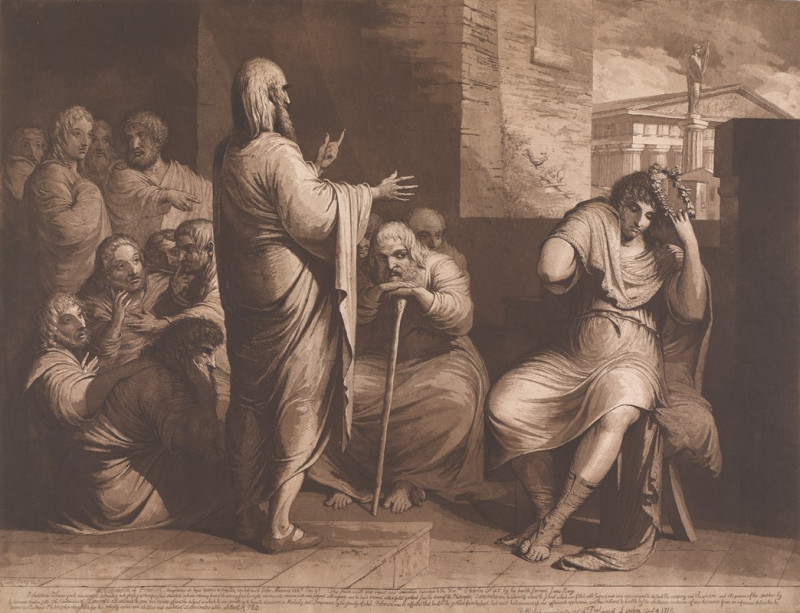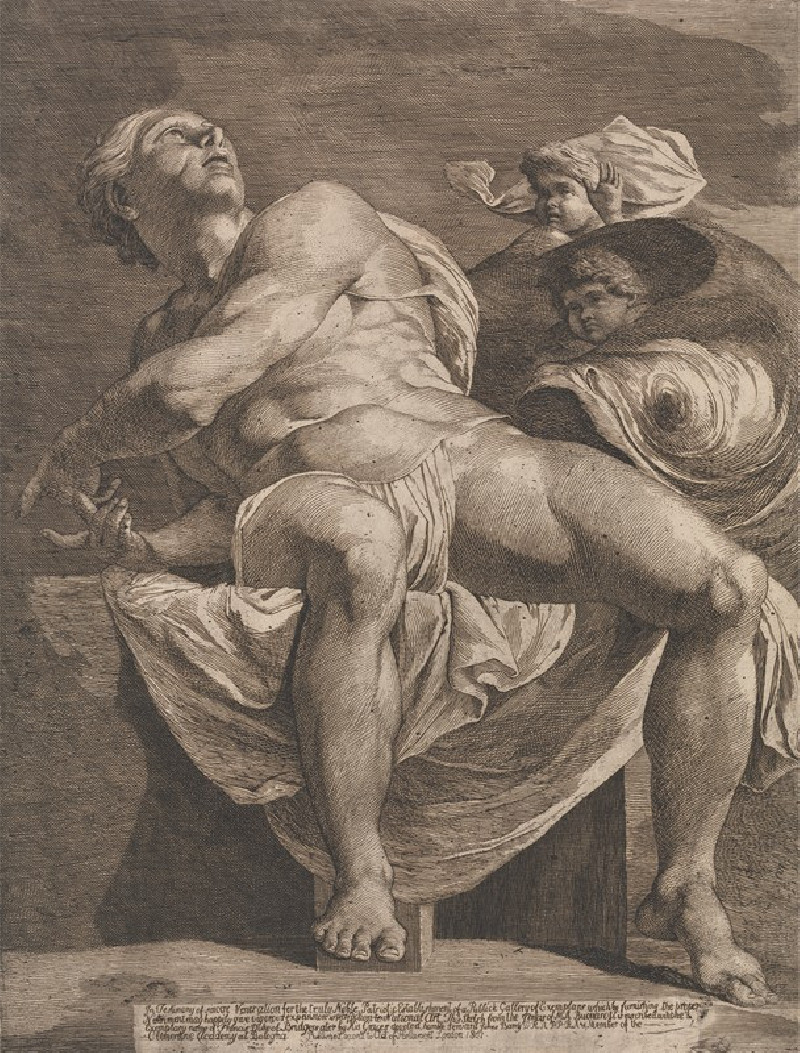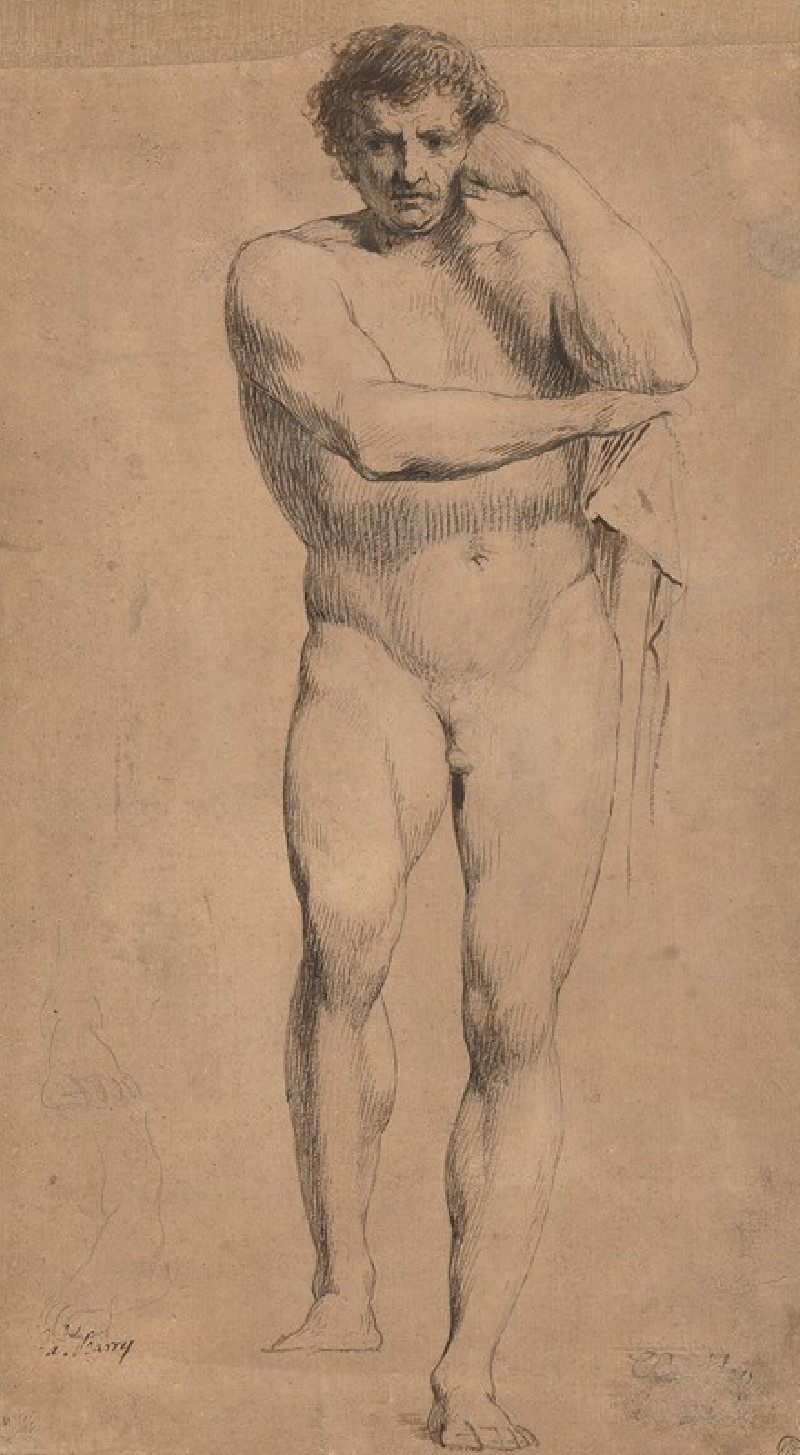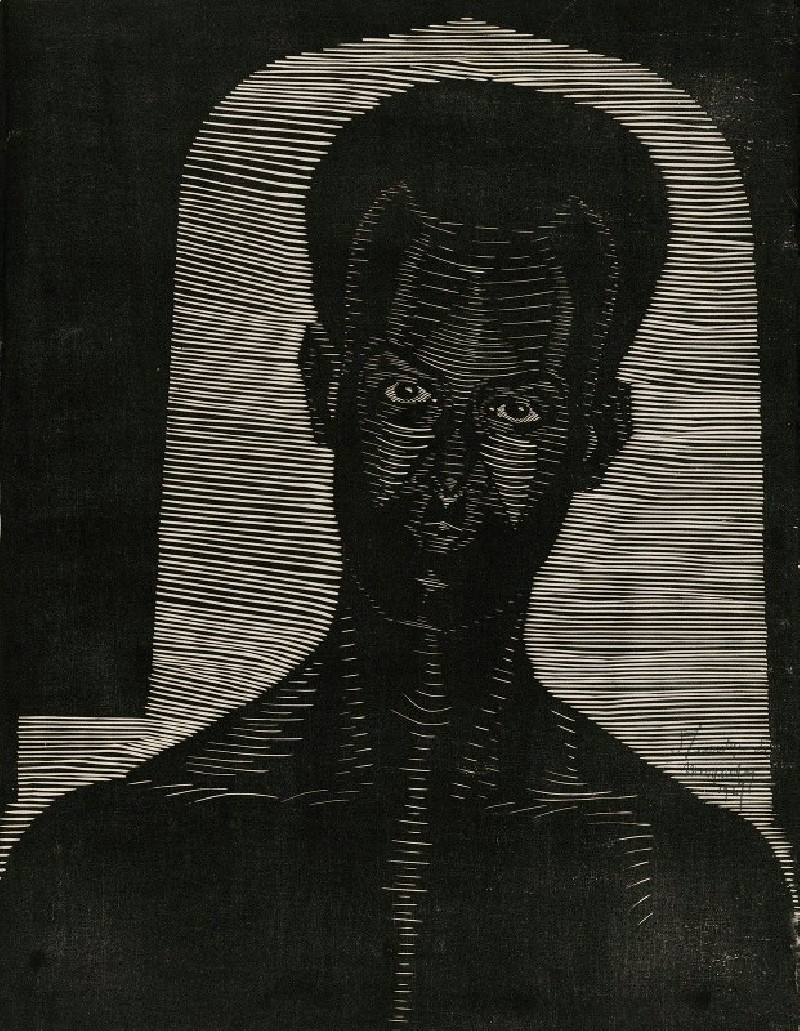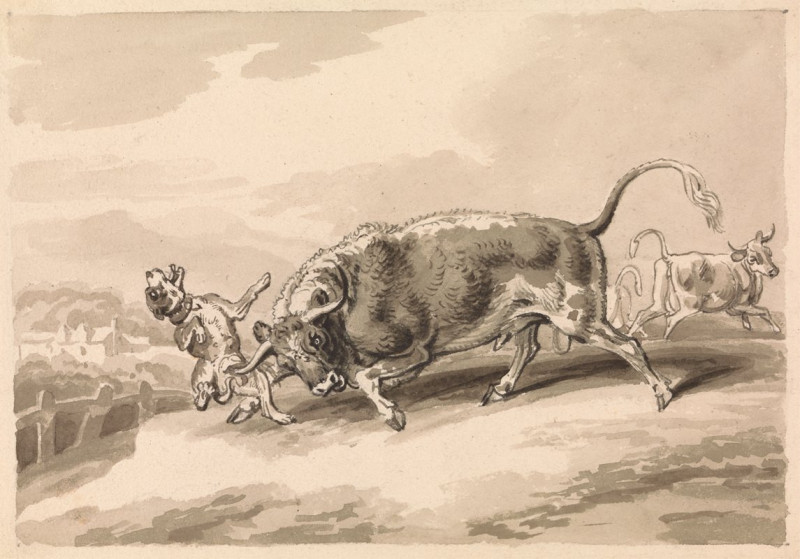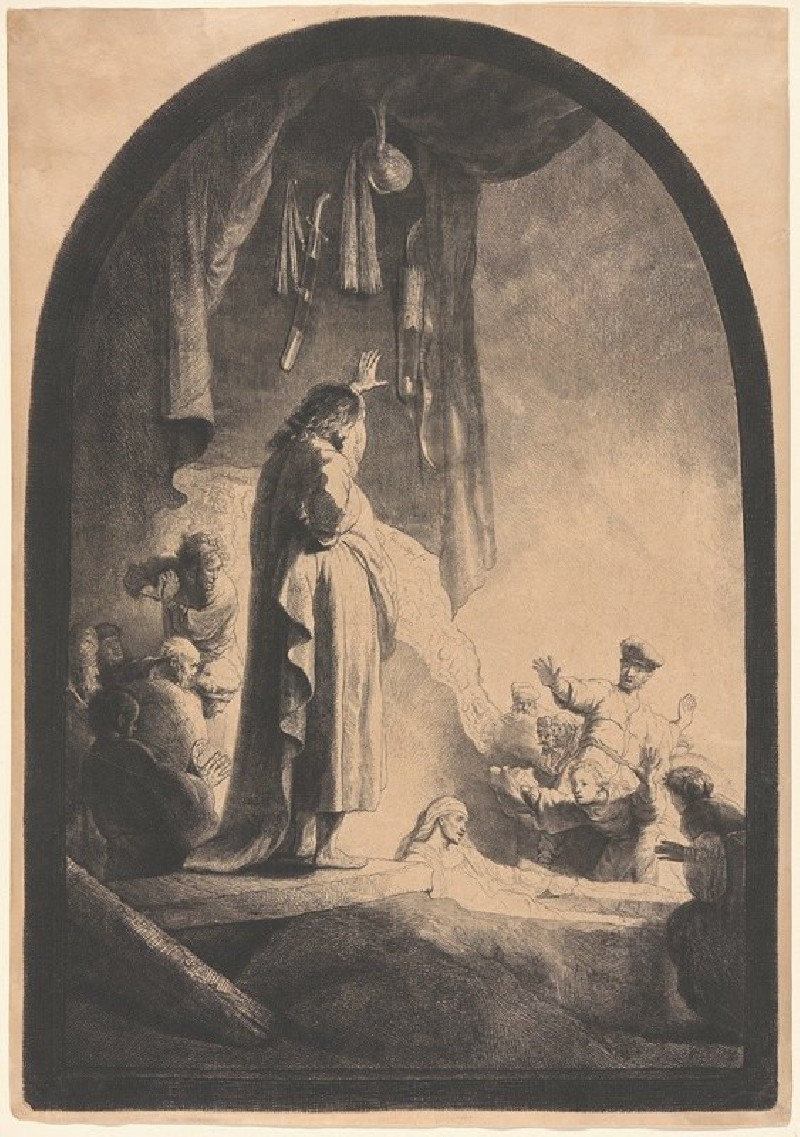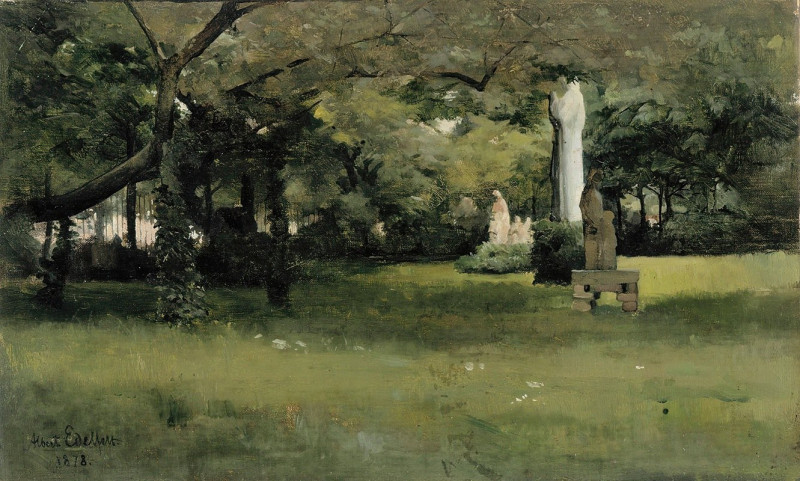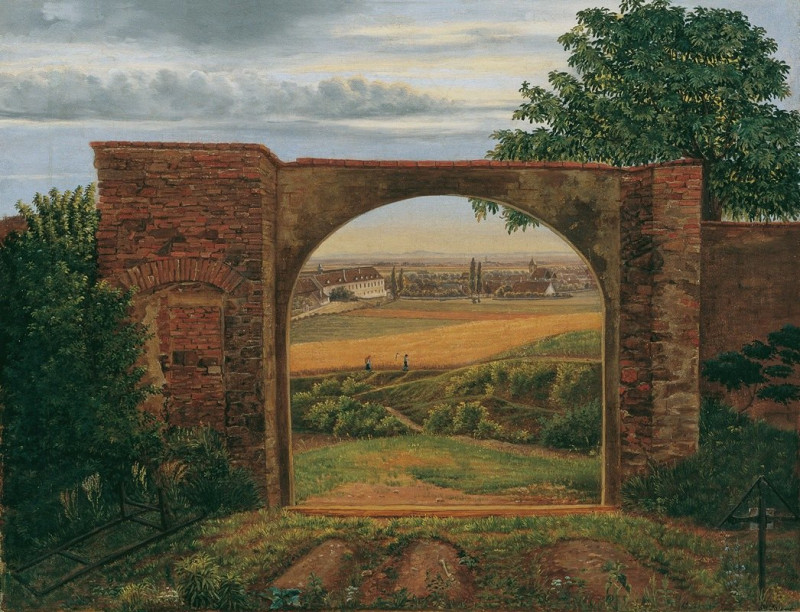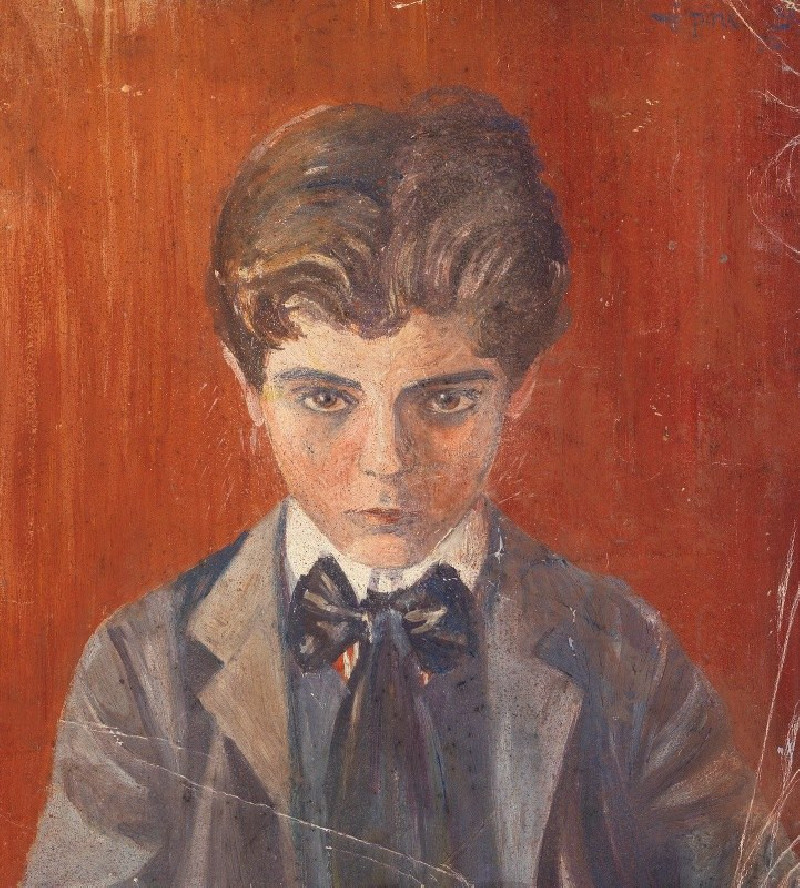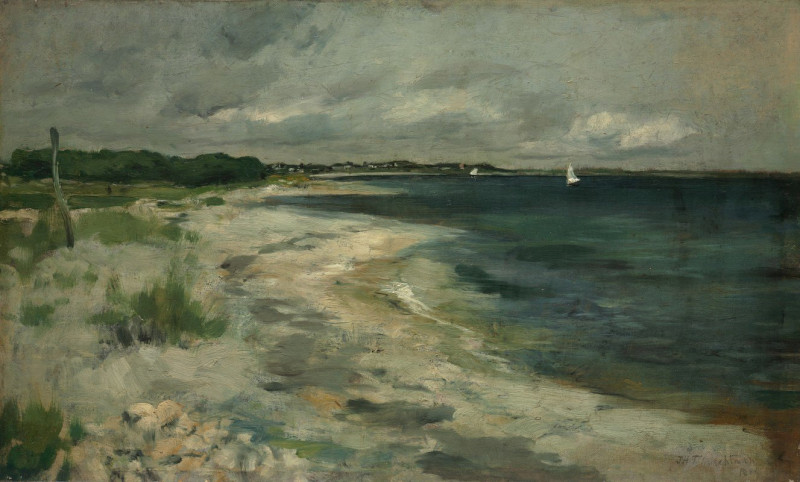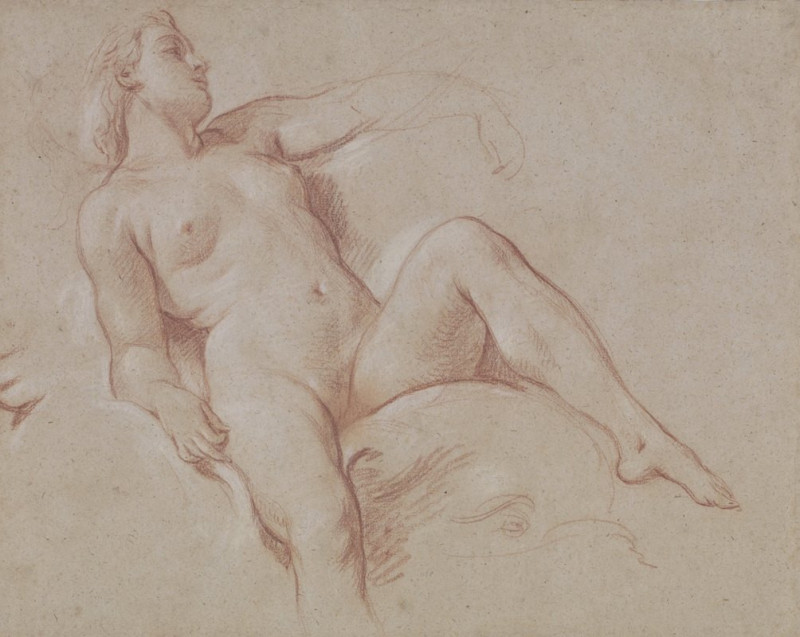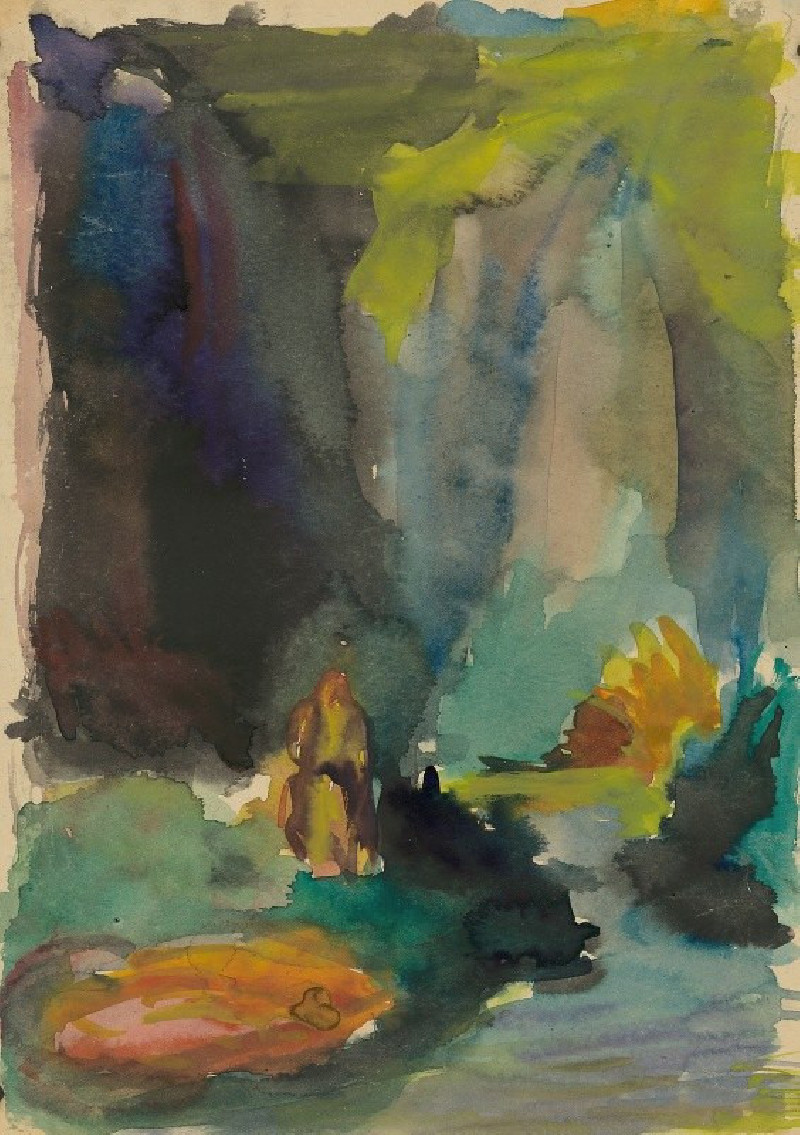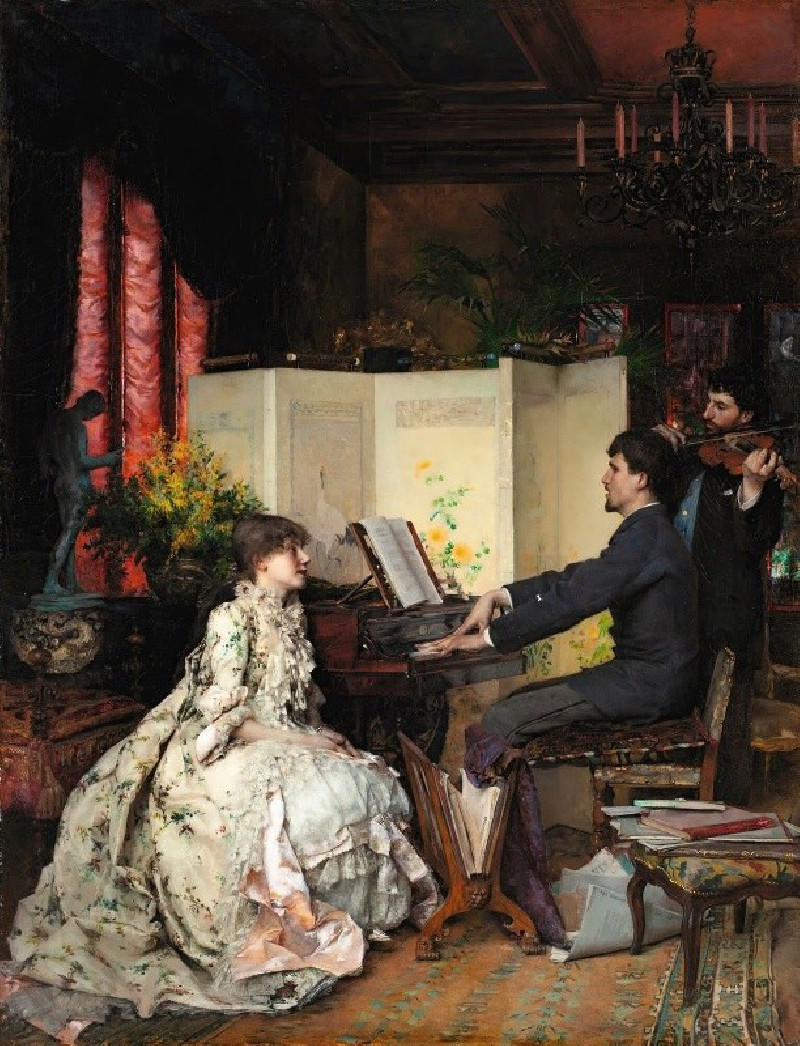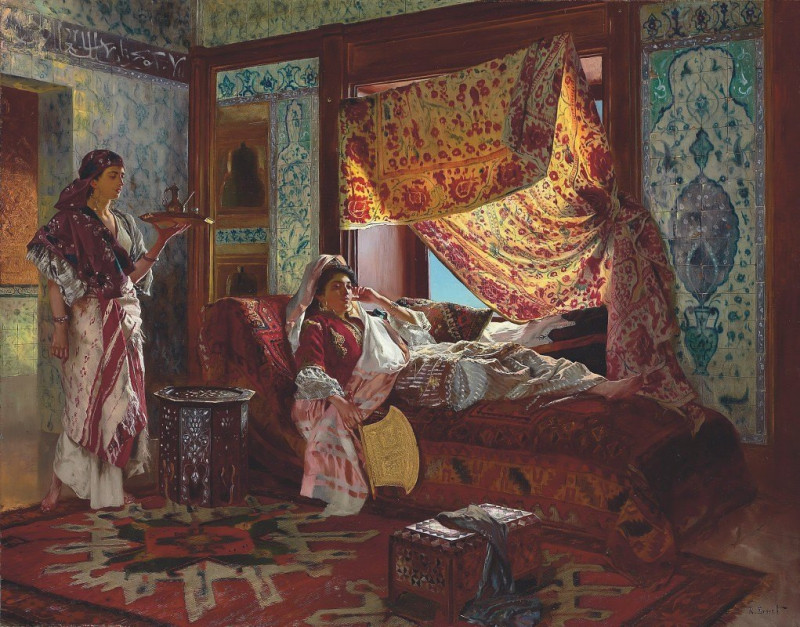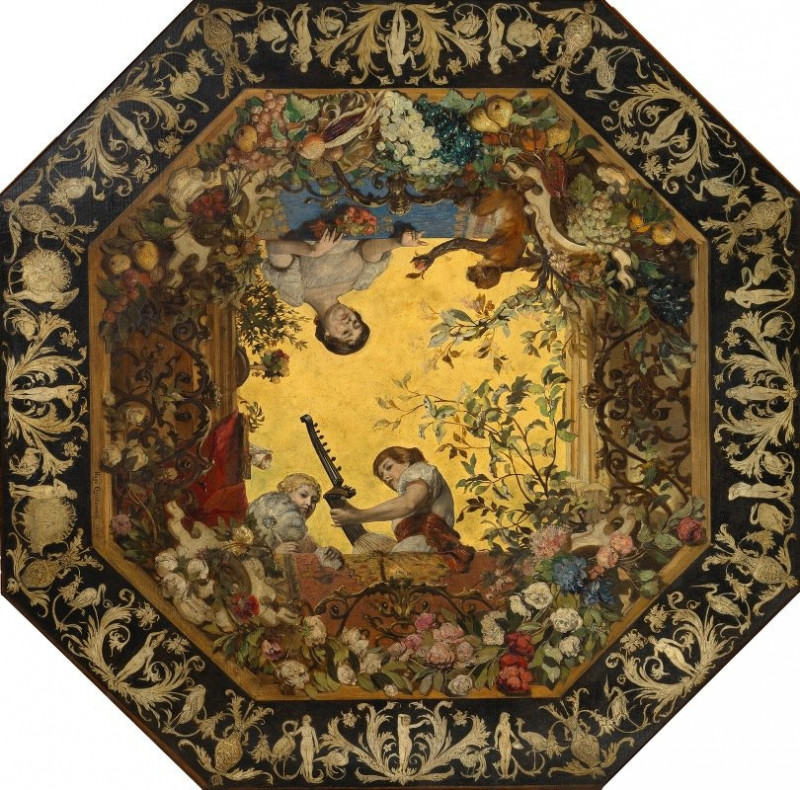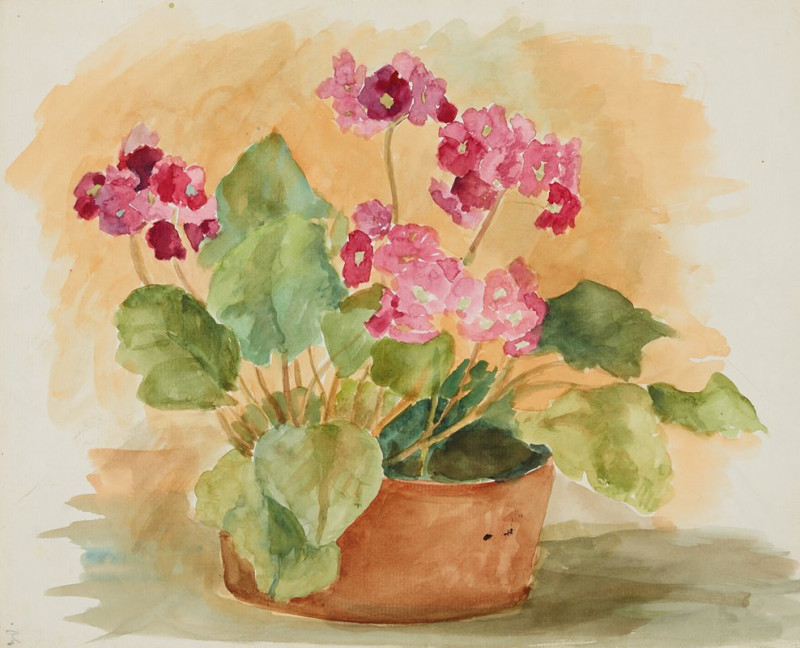Elysium and Tartarus or the State of Final Retribution (1791)
Technique: Giclée quality print
Recommended by our customers
More about this artwork
"Elysium and Tartarus or the State of Final Retribution," a captivating artwork by James Barry from 1791, presents an imposing and complex visual narrative that embraces the themes of afterlife and moral judgment. This engraving, rendered with masterful detail and dramatic contrasts, encapsulates Barry's profound interest in classical mythology and his philosophical reflections on ethics and the human condition.The scene divides into two distinct realms: Elysium on the left and Tartarus on the right, each representing the dichotomy of divine retribution — reward and punishment. In Elysium, we see a serene, orderly gathering of righteous souls enjoying eternal peace. This area is bathed in light, creating an atmosphere of calm and tranquility. Noteworthy figures, possibly representing virtuous men and women through history, engage in thoughtful conversation and peaceful rest, symbolizing the reward for a moral life.Contrastingly, the right side of the painting plunges into the chaotic depths of Tartarus. Here, Barry illustrates the darker aspect of the afterlife, where souls are tormented and punished. The figures in this section appear agitated and anguished, enveloped in shadows, which effectively convey their despair. Dramatic gestures and expressions of the damned souls emphasize the severe consequences of moral corruption and vice.The division of the composition and the intense detail in each figure's expression and posture invite viewers to reflect on the consequences of their actions and the traditional moral teachings of eternal reward and punishment. Barry's work serves not only as a visual feast but also as a philosophical prompt, urging an introspection of one's own life and actions in the grand tapestry of moral judgment.
Delivery
Returns
James Barry (11 October 1741 – 22 February 1806) was an Irish painter, best remembered for his six-part series of paintings entitled The Progress of Human Culture in the Great Room of the Royal Society of Arts in London. Because of his determination to create art according to his own principles rather than those of his patrons, he is also noted for being one of the earliest romantic painters working in Britain, though as an artist few rated him highly until the fully comprehensive 1983 exhibition at the Tate Gallery led to a reassessment of this "notoriously belligerent personality”, who emerged as one of the most important Irish artists. He was also notable as a profound influence on William Blake.

